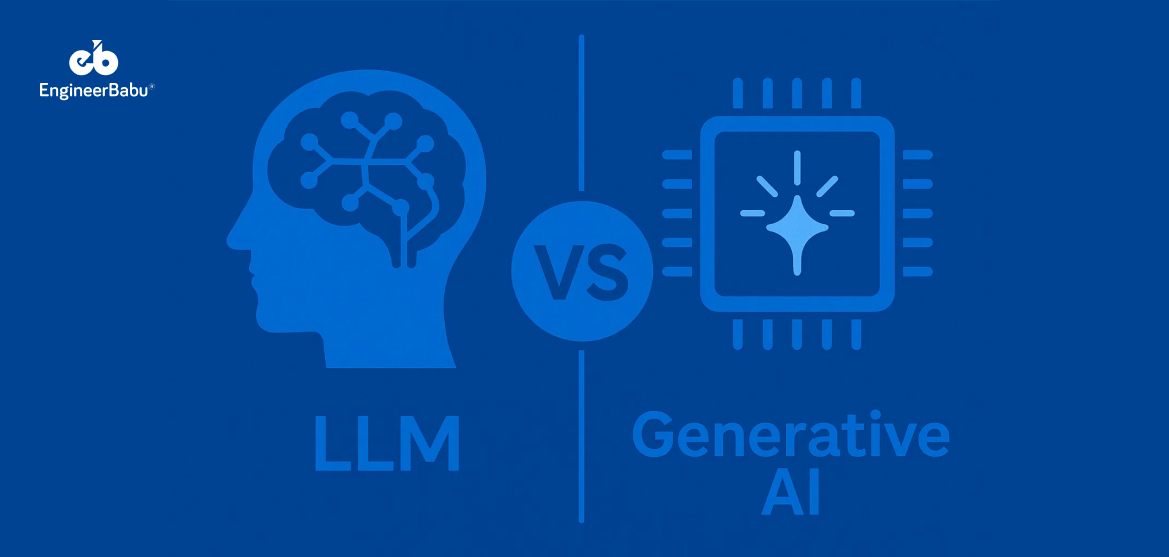In 2024, companies spent over $50 billion on AI initiatives, yet a significant chunk of that investment never delivered ROI. One of the biggest reasons? Poor hiring decisions during the recruitment of ML engineers.
Building machine learning systems isn’t just about writing code or understanding algorithms. It requires engineers who can clean raw data, experiment with scalable models, and integrate them into real-world applications. Unfortunately, many teams focus on flashy resumes or academic backgrounds and overlook practical skills critical for product success.
This blog dives into the most common hiring mistakes businesses make when recruiting machine learning engineers and how these missteps can quietly sabotage even the most promising AI projects.
Common Hiring Mistakes While Recruiting ML Developers
Hiring a machine learning engineer isn’t a one-size-fits-all task. It requires a thoughtful approach that aligns with your product goals, team structure, and technical roadmap. Below are the most common mistakes companies make when they hire ML developers, along with practical insight on how to avoid each one.
1. Not Defining Clear ML Project Goals
One of the earliest and most damaging mistakes is hiring before you’ve fully defined what success looks like. Many companies jump into recruitment without understanding whether they need a recommendation system, predictive analytics, or NLP capabilities. As a result, they end up hiring for the wrong skill set.
Before posting a job or contacting candidates, outline the expected business outcomes and the technical scope. Will the engineer be working with structured data or unstructured text? Do you need someone to build models from scratch or to fine-tune existing ones for production use? Clarity here helps you identify candidates with the right experience.
2. Confusing Data Scientists with ML Engineers
It’s surprisingly common to see job descriptions for “ML engineers” that actually describe data scientists. The two roles may overlap, but they are not interchangeable. A data scientist is often focused on exploratory analysis and hypothesis testing, while an ML engineer is responsible for building, deploying, and maintaining scalable models.
Hiring a data scientist when your project needs deployment pipelines, containerization, and model monitoring leads to bottlenecks. If your goal is to build robust, production-grade ML systems, then you need someone with strong software engineering skills in addition to machine learning knowledge.
3. Overemphasising Academic Credentials
A degree from a top university or a PhD in machine learning might look impressive, but academic excellence doesn’t always translate to practical impact. Many of the best ML engineers are self-taught or come from software engineering backgrounds with strong applied experience.
What really matters is whether the candidate can handle messy real-world data, iterate on model performance, and push code into production. Instead of focusing solely on academic prestige, prioritise candidates who can walk you through past projects, explain trade-offs they made, and demonstrate how their models created value for users.
4. Ignoring Soft Skills and Product Thinking
Machine learning isn’t built in a vacuum. Your engineer will need to collaborate with product managers, backend developers, and sometimes even non-technical stakeholders. A common mistake is hiring someone brilliant technically but unable to communicate clearly or understand the business context.
Ask candidates how they’ve worked in cross-functional teams, or how they’ve handled feedback from stakeholders who don’t speak the language of precision, recall, or ROC curves. The ability to translate concepts into real-world impact is just as important as writing efficient code.
5. Skipping Real-World Coding Assessments
Resumes and GitHub profiles are helpful, but they don’t always reflect how someone performs under constraints. Many companies make the mistake of skipping coding assessments, or relying on generic algorithm tests that don’t reflect actual job requirements.
Instead, use scenario-based assessments. Give candidates a dataset with inconsistencies and ask them to clean, model, and evaluate results within a limited timeframe. You’ll quickly learn how they think, prioritise, and communicate their results, key traits in any successful ML engineer.
6. Not Testing for Deployment and Production Readiness
One of the most overlooked aspects of hiring ML engineers is evaluating their ability to take a model beyond experimentation. It’s easy to find candidates who can build accurate models in Jupyter notebooks. The challenge is finding someone who can integrate that model into your existing system, monitor its performance, and retrain it when it drifts.
Make sure your technical interviews include questions about version control, containerisation (like Docker), model serving tools (like FastAPI or TensorFlow Serving), and experience with cloud platforms. A solid ML engineer should understand how to scale models, set up monitoring, and handle edge cases in production environments.
Also Read: Predictive Analytics in Mobile Apps: The Key to Personalization and Growth
7. Hiring Too Early or Too Late in the Project Lifecycle
Timing matters. Some companies rush to hire an ML engineer before they’ve collected usable data or validated their use case. Others wait too long, missing out on early opportunities to shape the product’s intelligence layer. Both approaches can derail progress.
If you’re still exploring use cases, consider bringing in a consultant or a senior ML advisor for initial direction. On the other hand, if your data pipeline is in place and your product needs to start learning from users, delaying the hire can slow your ability to iterate and compete. Align your hiring decision with your stage of maturity and data readiness.
8. Relying Too Heavily on Buzzwords
Many companies build their job descriptions around trending tools and libraries, TensorFlow, PyTorch, XGBoost, and so on, without understanding what their project really needs. Candidates may check every buzzword on paper, yet still fall short when it comes to solving your specific business problem.
Instead of building a checklist, focus on core competencies. Does your project require NLP, time series forecasting, or image processing? Are you dealing with sparse data or streaming data? A candidate who deeply understands the problem domain will bring far more value than one who just knows the “right” toolset.
9. Overlooking Cultural Fit in Remote Teams
As more companies build hybrid teams or hire remote developers, cultural alignment has become critical, especially for ML engineers who often work asynchronously. A technically skilled hire who struggles to adapt to your workflows, communication cadence, or collaboration tools can end up slowing the team down.
During the hiring process, ask how candidates prefer to work in distributed teams, how they communicate delays or blockers, and how they stay aligned with changing product goals. Consider assigning a short async test project to observe their style. It’s not just about productivity, it’s about shared expectations.
10. Treating Hiring as a One-Time Transaction
Hiring a machine learning engineer isn’t just about filling a seat. It’s about building long-term capability inside your product team. Too often, companies rush through the hiring process without planning for onboarding, continuous learning, or team integration.
Set your new hire up for success. Make sure there’s a clear onboarding plan, well-documented data pipelines, and access to domain experts. Provide growth opportunities, whether it’s attending ML conferences, upskilling in MLOps, or contributing to strategic product discussions. Retention starts from day one.
Conclusion: Hire with Clarity, Not Guesswork
Recruiting machine learning engineers isn’t just about ticking off technical skills. It’s about hiring the right person at the right time, with the right mindset and experience to drive impact, not just models. By avoiding the common mistakes outlined above, you give your team a real shot at turning machine learning from a buzzword into a real business advantage.
The best ML engineers aren’t just model builders. They understand data, think in systems, collaborate across functions, and deliver production-ready solutions. If you’re looking to avoid hiring missteps and build a high-performance AI development team, start with a well-defined strategy and the right hiring partner.
FAQs
1. What is the difference between a data scientist and a machine learning engineer?
A data scientist typically focuses on exploring data, statistical analysis, and generating insights. In contrast, a machine learning engineer is responsible for building, deploying, and maintaining machine learning models in production environments. If your goal is product integration, you need an ML engineer.
2. How much does it cost to hire an ML engineer in India?
The cost can vary widely based on experience and project complexity. On average, hiring a skilled ML engineer in India ranges from $2,000 to $6,000 per month for full-time remote roles. Freelance or contract-based developers may charge hourly rates between $20 and $60.
3. What skills should I look for in a good ML developer?
Look for a strong grasp of Python, data preprocessing, model training, and deployment. Familiarity with frameworks like TensorFlow, PyTorch, and tools like Docker, MLflow, and cloud platforms (AWS, Azure, GCP) is essential. Bonus points for experience in MLOps and real-world production work.
4. When is the right time to hire an ML engineer?
If you already have clean data pipelines, validated use cases, and a clear product goal that requires intelligent automation or prediction, you’re ready. If you’re still in early exploration, consider a short-term consultant or advisor before hiring full-time.
5. How can I evaluate if an ML candidate can work in production?
Test their ability to build end-to-end pipelines, integrate models into APIs, and manage deployments. Ask about monitoring, retraining, and performance tracking. Give them a practical assignment that mimics your real-world environment instead of relying only on interviews or resumes.




